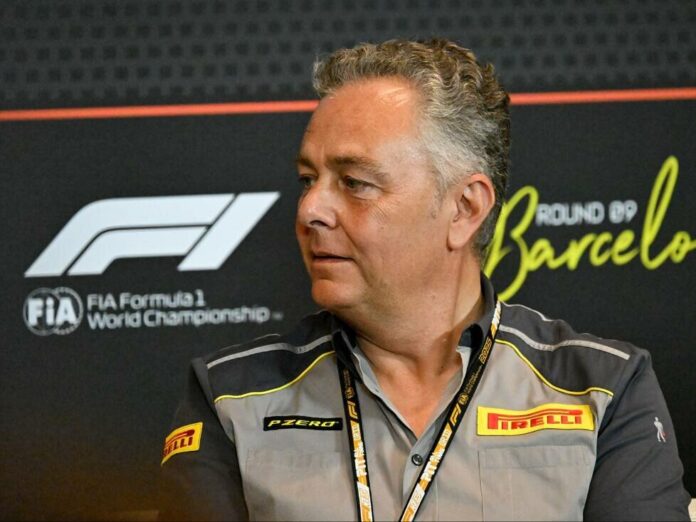Pirelli wants to continue working with the C6 tire despite mixed feedback, but also has some homework to do – no use in Singapore?
Pirelli’s new C6 tire has proven controversial since its highly publicized introduction at last month’s Emilia Romagna Grand Prix. Nevertheless, Formula 1’s sole tire supplier is sticking to its plan to provide six different dry compounds.
However, Pirelli admits that some of the C6’s characteristics need to be changed – particularly the lap time gain compared to the C5, which was previously the softest tire in the range.
“The compound has done its job,” said Pirelli’s motorsport director Mario Isola. “I think we had a very good qualifying session, especially in Canada. The C6 is very close to the C5, but behaves differently. The teams are struggling to fully understand the C6.“
”They know the C5 much better, it gives the driver more confidence. However, the C6 is a little faster,“ said Isola. ”Those who manage to exploit the full potential of the C6 will gain an advantage – but that is sometimes very difficult.”
The idea behind the C6 was that it should be the de facto qualifying compound on race weekends, with the hard and medium tires then being used in the race itself. As these two were previously the softest tires in the selection, Pirelli wanted to push the teams towards two-stop strategies, as the C5 rarely lasted long last season.
However, Pirelli also responded to feedback from drivers who found the tires too sensitive and preferred to attack for longer rather than constantly having to manage their tires. But reducing the thermal degradation of this year’s tires inadvertently opened the door to more one-stop strategies.
Drivers preferred to use C5 in qualifying
As a result, some races turned into processions. At the same time, the C6 proved more problematic than expected. When it was first used, it was no faster than the C5 for some teams, either because they did not reach its optimal point or because it wore off too quickly, causing performance to drop sharply.
In addition, some drivers reported that they felt unsafe when warming up the C6 due to the changing surface of the tires. As a result, some preferred to use the more familiar C5 tires, both in qualifying at Imola and last weekend in Montreal.
“In Canada,” said Isola, “some teams and drivers preferred the C5 in qualifying because they felt more comfortable with it. This led to a different situation and meant that the teams had more medium and hard tires available for the race.”
“Normally, when choosing tires, they have to decide between one hard and two mediums or two hards and one medium if they only use the softest tires for qualifying. That gives them less flexibility for race strategies.”
“In Canada, on the other hand, qualifying on the medium allowed them to take more mediums into the race. That led to more different strategies.”
No use in Singapore?
So the C6 isn’t quite delivering what Pirelli had hoped for – but it’s still having an effect. That’s enough for Pirelli to consider it a success. Isola nevertheless confirmed that the manufacturer is unlikely to use the C6 in Singapore as originally planned.
“As always, we will simulate and make the choice that allows for the greatest number of strategies within a small time delta,” he said. “We’re not sure yet if we’ll use it in Singapore because the track there can be quite aggressive. Let’s see if we want to use it in Singapore. But there’s still a possibility for Las Vegas, where it’s very cold.”
For the C6 to really help blur the differences between strategies and make one-stop races less attractive, it needs to be less sensitive and, above all, significantly faster on one lap than the C5.
“For the future, I would like to see a C6 with more distance from the C5,” said Isola. “Currently, they are only about two tenths apart. We need at least half a second. At the same time, wear should remain similar to now in order to generate different strategies. We’re working on that for next season.”





